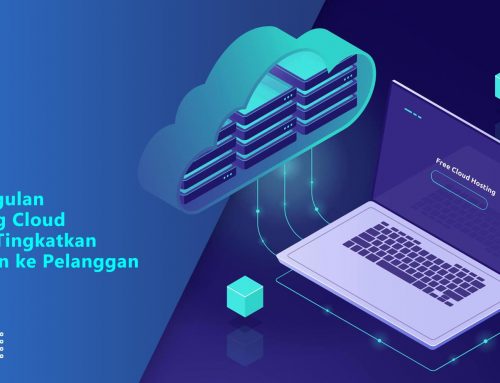SaaS in cloud computing is one of the services under the cloud solution umbrella besides Infrastructure as a service (IaaS) dan Platform as a service (PaaS). SaaS stands for Software as a service which, as the name suggests, refers to a software distribution model that sees third-party providers serve application hosts that provide the SaaS for customers over the Internet.
The hosted application management model of SaaS shares many similar traits with those of the Application Service Provider/ASP. Both of them manage their customers’ software then convey them to approved end users over the Internet. SaaS in cloud computing, the customers receive network-based access to a single copy of an application that is designed for the SaaS distribution.
Further working scheme shows that the SaaS providers create application source code that works the same for all customers. The providers will inform on new features for all of the customers, too. The customers are entitled to choose best serve level agreement depending on their necessities and budgets. Among crucial points in the agreement may include on how will the data of the customers be restored; in the cloud, both locally and in the cloud.
Another scenario allows an SaaS customer integrating SaaS applications with other software using programming interfaces or APIs. As such, a business is able to compose its own software tools then utilize an SaaS provider for integrating those tools with the SaaS offering.
SaaS in the cloud computing is mostly used for email, sales management, customer relationship management (CRM), financial management, human resource management, billing and collaboration.
The innovation brings many benefits, such as saving a lot of money for setting up data centres for organizations or enterprises. Thereby, they won’t need to purchase hefty hardware, spend budget for maintenance, purchase software licensing and allocate budget for installation and support.
Read also: Essential Aspects about Google Cloud Platform
In addition to that financial advantage, SaaS customers are open for flexible pricing methods. Typically, they pay for the service on a monthly basis using a pay-as-you-go model. As the SaaS service works, they can evaluate their budgets and lay out better budget prediction for this. The SaaS service gives birth to transitioning costs to a recurring operating expense. The customers can discontinue SaaS offerings for cutting the recurring costs.
From service point of view, SaaS in cloud computing accommodates for scalable services. The customers can thus select more or fewer services or features on-demand. The customers can rely on the SaaS providers for automating updates and patch management. And lastly, the customers can access them from anywhere provided they have Internet connection.
Contact us for obtaining solution and more information about implementing cloud computing for your business







Leave A Comment